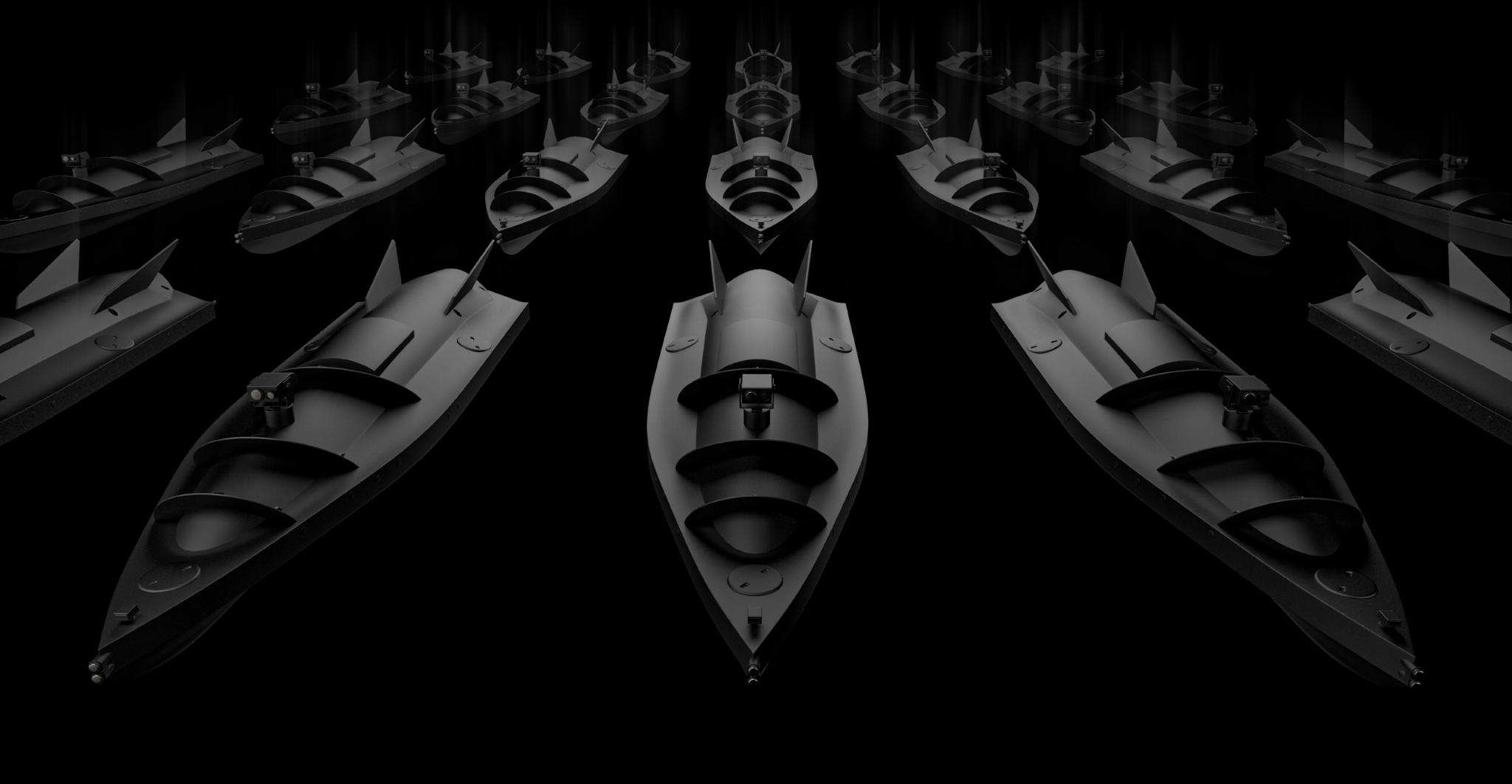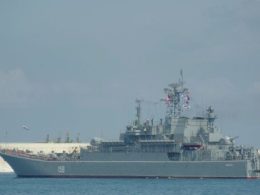Successful attacks by maritime drones, coupled with missile strikes on Russian naval facilities in the Black Sea and near temporarily occupied Crimea, have enabled Ukraine to drive Russia's ships out of Sevastopol Bay and establish a safe sea corridor for merchant vessels, the Main Intelligence Directorate of Ukraine stated.
Ukrainian sea drones, in a display of tactical innovation, have been effectively challenging Russian naval dominance in the Black Sea. According to a New York Times article, these drones, operated from hundreds of miles away, have been successful in engaging and damaging Russian warships through swarming tactics. The Ukrainian military, utilizing these drones, has reportedly struck a blow to what was once a dominant Russian naval presence in the region.
Piloted remotely, these drones have been involved in several significant confrontations, including a notable battle on 14 September, where a drone carrying a 500-pound warhead breached the hull of the Russian corvette patrol ship, the Sergey Kotov. “When we hit the target, the whole team, of course, was filled with emotion
,” a Ukrainian drone operator with a callsign Thirteen told NYT.
Ukrainian “kamikaze” naval drones are an effective weapon, even though Russian forces destroy 60% or 70% of them, Ukraine’s Main Intelligence Directorate chief Kyrylo Budanov said in an interview with RFE/RL’s Krym.Realii.
Thirteen stated that Ukrainian sea drones have effectively secured an area extending approximately 200 miles from the Ukrainian coastline. He expressed confidence in their ability to repel forces, saying, “It’s possible to push them back. Russia’s reign on the Black Sea is over.”
Ukrainska Pravda: SBU drones strike Russian military sites in occupied Crimea
The drones, part of a domestic defense strategy endorsed by the White House and Ukrainian leadership, represent a blend of Western-supplied weaponry and locally produced arms. These efforts align with Ukrainian President Volodymyr Zelenskyy's vision of Ukraine as a hub for weapons manufacturing and battlefield testing.
Budanov emphasized that domestically-produced sea drones have paralyzed Russia’s Black Sea Fleet and are now being mass-produced. He noted
that approximately 30-40% of these drones successfully strike their targets, causing Russian ships to avoid venturing north of Sevastopol due to the risk of drone attacks.
The US Congress's delay in voting on military aid has made much of the external assistance doubtful, prompting the Biden administration to promote collaborations between the US and Ukrainian arms manufacturers. This partnership aims to build a "robust and self-reliant Ukrainian defense industrial base," as stated by the White House.
Ukraine's rich history as a cornerstone of Soviet military industry, although diminished post-Cold War, has seen a resurgence. Ukrainian arms makers have supplied about 20% of the army’s needs since Russia’s invasion in February 2022, including armored vehicles, tanks, and anti-tank missiles. The focus is now on developing innovative systems that could leapfrog traditional military equipment.
Ukraine seeks to expand battlefield tech with AI integration
The sea drones, a new class of naval weaponry, have been particularly effective. With two manufacturing programs under the military and domestic intelligence agencies, these drones have caused significant damage to Russian ships. They have played a pivotal role in disrupting Russian operations, clearing shipping channels for grain exports, and forcing Russian missile carriers to launch from farther distances.
Read also:
- Ukraine seeks to expand battlefield tech with AI integration
- UK intel: Rodent infestation on frontline impacts troops and equipment
- ISW: Russia makes minor gains near Bakhmut and Avdiivka
- Ukraine to assemble German Vector drones and produce spare parts for them





